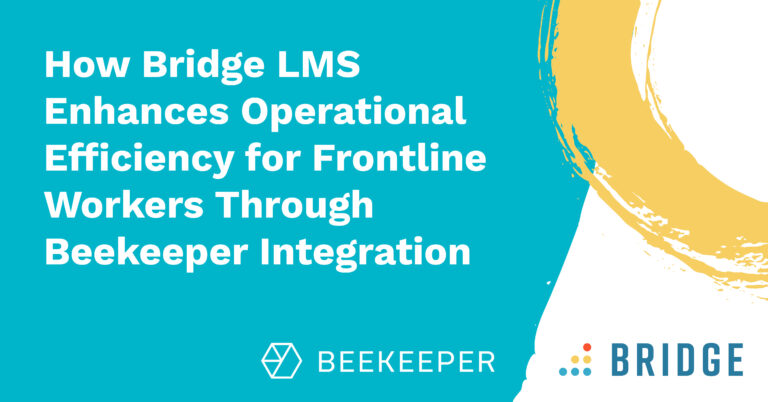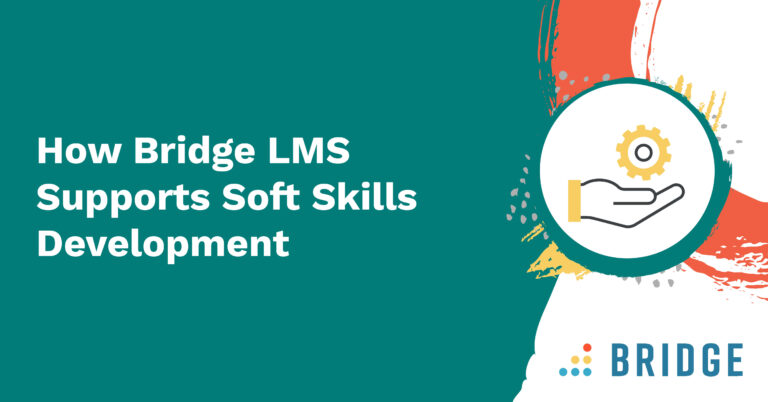We all know that happy learners are the most effective learners. They pop into your learning management system, absorb their learning with ease, and apply it with eagerness and skill going forwards.
But we’re also all familiar with the collective groans and palpable sense of disinterest when attendance on a new training course is announced.
How do we, at the instructional design stage, ensure that our employees will love their learning opportunity and therefore engage, resulting in the highest rewards for them and the organisation?
Barriers to Enjoyable Learning
Before we dive into the basics of instructional design, it’s vital that we understand the core elements that put a hurdle in the way of an employee enjoying training. If we can understand these, we can remove them from the equation.
In our experience, there are 3 key barriers we need to tackle:
- The employee feels that they lack the time for learning.
- The employee feels that the learning opportunity isn’t directly relevant to them.
- The employee is operating in a company culture which fosters antipathy to learning, rather than encouragement and promotion of learning.
If you want your employees to be excited about learning opportunities, these three barriers have to be removed. It doesn’t matter how fun, engaging and enjoyable the actual learning opportunity is, if any of these barriers are still in place.
Motivation to Learn
At the very start of the instructional design stage, we then need to consider how to actually inspire and create motivated learners. Again, course content is rarely enough. Indeed, throw out your belief that we’re simply talking about courses here – motivated learners learn in myriad ways from coaching to conferences.
There are 5 aspects you need to consider to get your employees eager to open the learning door:
- Find out their motivation and drive: Employees are autonomous individuals who need to believe that the learning isn’t simply a tick box exercise for the organisation. It needs to help them with their own personal objectives, as well as equipping them with the tools to meet the organisation’s objectives. To do this, you need exceptional communication pathways between employees, their managers, and the L&D function and consequently, learning needs to be personalised as much as possible.
- Make it worth their while: It’s a rare person who truly does something for nothing. However, when success in learning is tied to reward, through promotion or performance related pay for example, then you’re creating both intrinsic and extrinsic motivation.
- Make it easy: Everyone is busy, everyone is pressured. Does the employee really have to take 3 days out to attend a course, or could the content be delivered in bitesize online chunks at the convenience of the individual?
- Make the delivery interesting or fun: In our fast-paced digital world, dry instructional delivery isn’t going to cut it. Learners need engaging content delivered with energy and interest. Gamification, short burst videos, the use of augmented reality and case study simulations are just a few examples of how to make delivery work.
- Make the experience itself enticing: Even if the content itself is inescapably not very interesting (compliance training anyone?!), then you can make it more fun by providing food or perks, or combining the training with broader activities.
Long-Term Application
Learning isn’t for the event alone. You need it to be applied in the long term, and you need the enthusiasm for the ‘lessons’ to continue beyond the training. This means there must be reinforcement through the company culture. When employees can see that their learning genuinely impacts their daily working life, they will feel eager for the next opportunity that comes their way.



